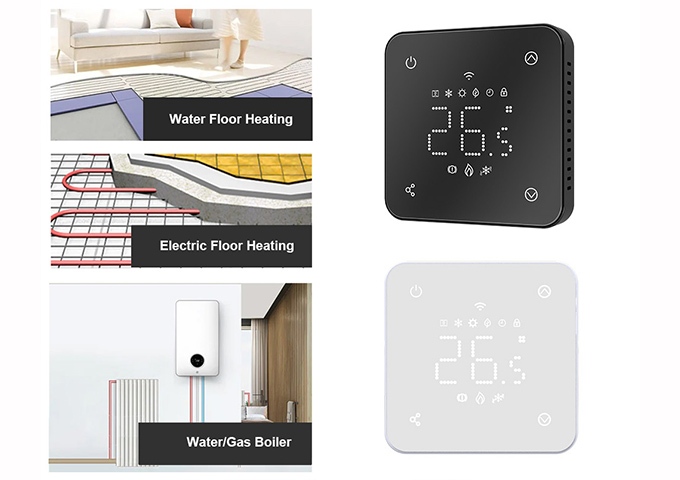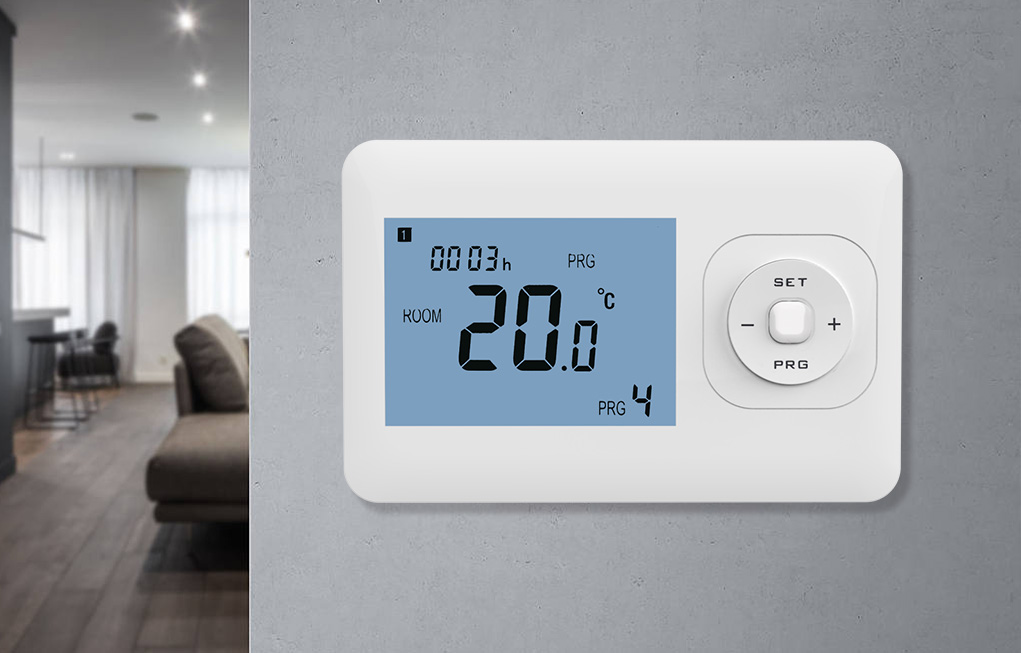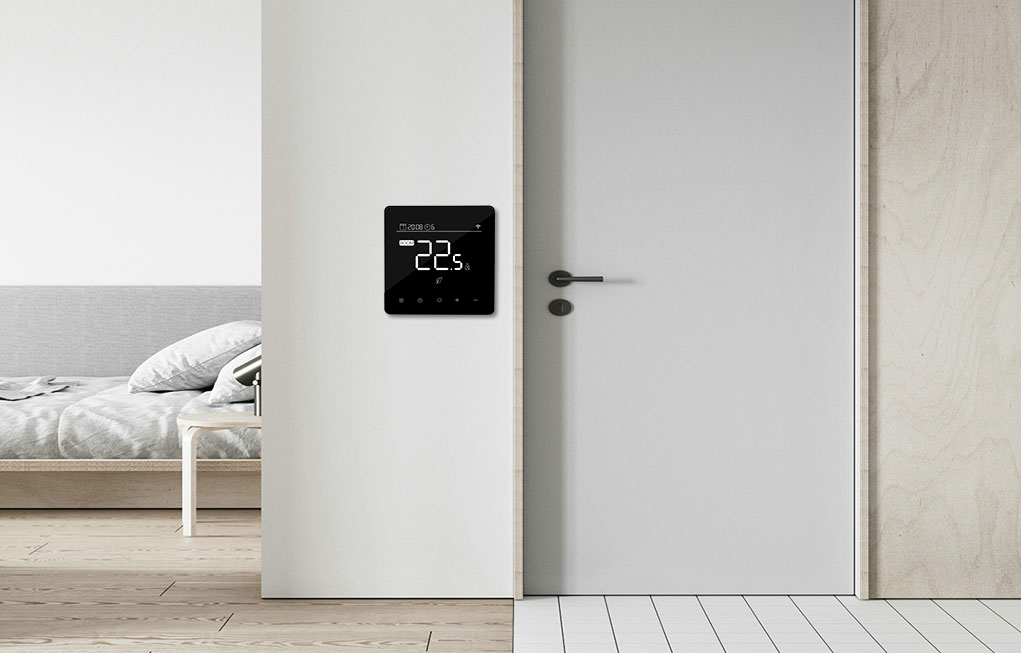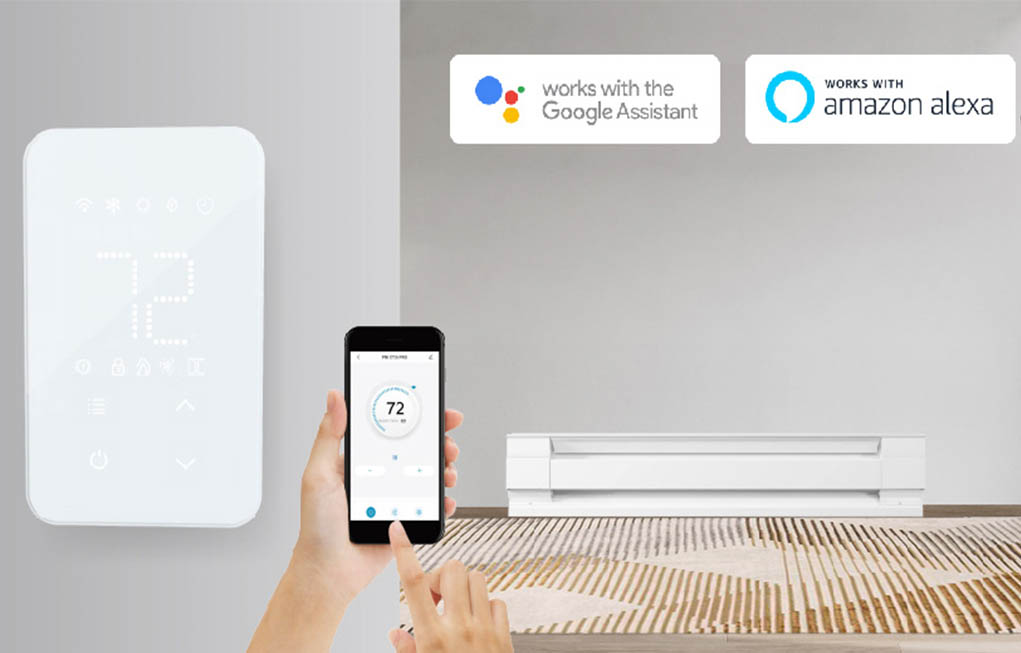Never miss an offer or update. You can unsubscribe at any time.
 How Does Radiant Floor Heating Work?
How Does Radiant Floor Heating Work?
 Your Smart Home starts with us
Your Smart Home starts with us
 A Guide for Smart Thermostat Installation
A Guide for Smart Thermostat Installation
 What is a Line Voltage Thermostat? – Etop HT-65
What is a Line Voltage Thermostat? – Etop HT-65
 Address:No.6 of Tong'an Industrial Park, Meixi Rd,Tong'an District, Xiamen China 361100
Address:No.6 of Tong'an Industrial Park, Meixi Rd,Tong'an District, Xiamen China 361100 Phone:+86 0592 6155792
Phone:+86 0592 6155792 Email:info@etopcontrols.com
Email:info@etopcontrols.comNever miss an offer or update. You can unsubscribe at any time.

